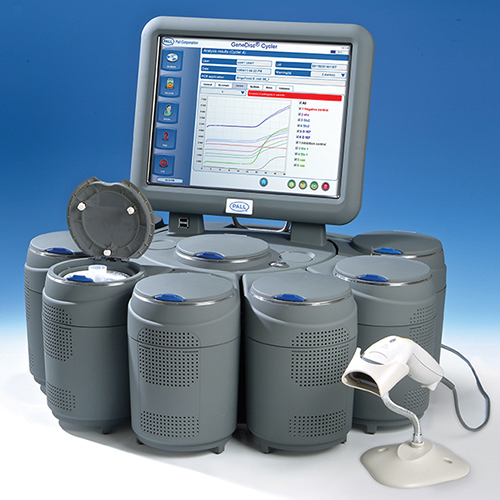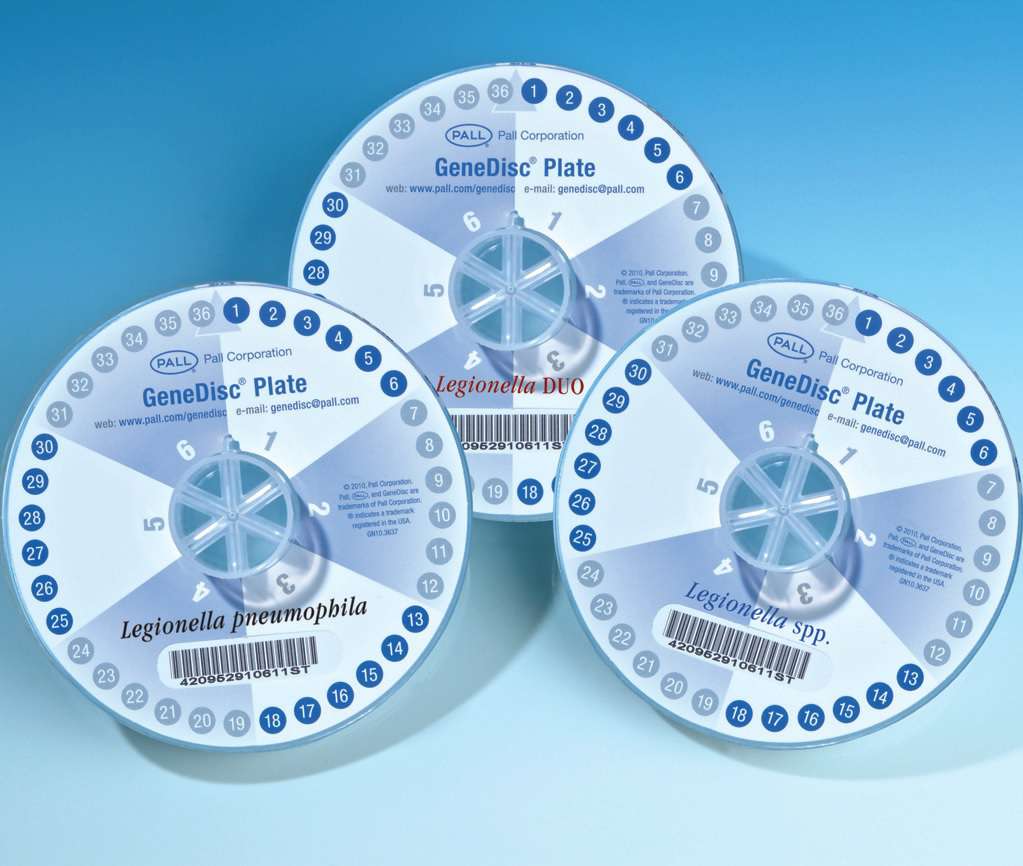Key Challenges in Legionella Detection
Legionella spp. is a potential risk factor in natural and artificial water systems, and one of the most frequent causes of waterborne disease. Capable of colonizing water systems, it is a major concern for industries utilizing cooling towers, shower and taps in hospitals, or care facilities with shower or water fountains. Conditions in these environments are favorable for these bacteria. Water is maintained at temperatures high enough to encourage growth, allowing for Legionella bacteria to be transmitted. Growth of Legionella in these water systems can also be attributed to water stagnation, low flow, plumbing material or inadequate disinfection.
Contraction of Legionella bacteria is through the inhalation of small droplets of water, suspended in the air, containing the bacteria. The effects of exposure to Legionella can range from mild to more fatal depending on health and age of those affected. Legionella bacteria can cause Legionnaires disease, a serious lung infection and in vulnerable cases, can be fatal.
Detection and control of Legionella is therefore extremely important in preserving the safety of the public. Culture-based testing for Legionella is generally recognized as the most appropriate for detection as it can identify Legionella species and sub species. However, this method is time-consuming, with results taking 10 to 14 days. In addition, the diverse nature of the Legionella species often makes it difficult to identify outbreak-causing bacteria and can complicate the routine monitoring of water systems. These difficulties can result in underestimation of the presence of Legionella in water systems, putting public health at risk.
Legionella Detection from Sample to Result in Less than 2 Hours
GeneDisc Technologies provide water system network managers a laboratory monitoring diagnostic tool with complete solutions for real time monitoring using a lab-scale system. The Legionella ID plate provides a straight-forward, easy protocol for screening and the identification of Legionella spp., L. pneumophila and L. pneumophila Serogroup 1 in less than 2 hours. The GeneDisc Legionella DUO plate enables combined detection and quantification of both Legionella spp. and Legionella pneumophila using the same sample preparation and without any additional hands-on time.
GeneDisc System Benefits:
- Rapid Results: Shorter time to result as compared to culture methods which require up to 12 days. GeneDisc systems allow quantification of Legionella in as fast as 2 hours, enabling reactive surveillance and preventing delayed intervention and system closures.
- Easy to Use: Matrix specific protocols are designed for routine use and validated from sample to result.
- Modular: The GeneDisc system’s modularity fits your throughput needs. Up to 88 samples for quantification and 96 samples for detection and identification can be simultaneously analyzed.
For more information or to talk to an expert, contact us on the form provided.
You've Subscribed!
Thank you for your subscription. Please expect an email within the next few minutes.
Thank you,
Pall Medical Team

